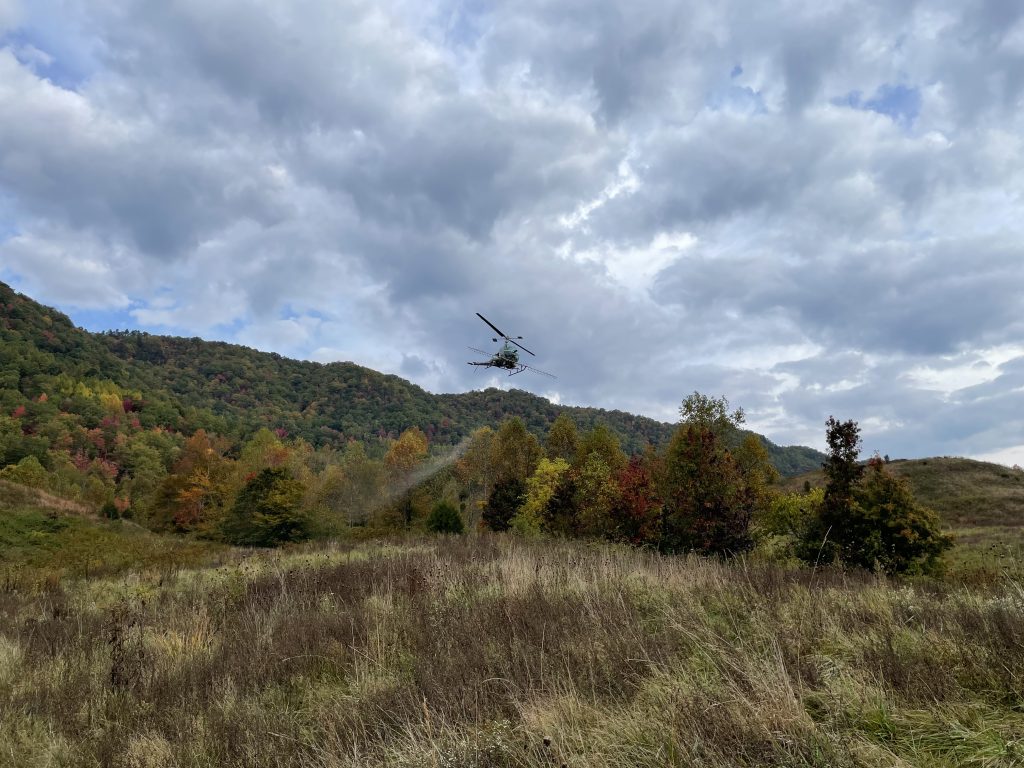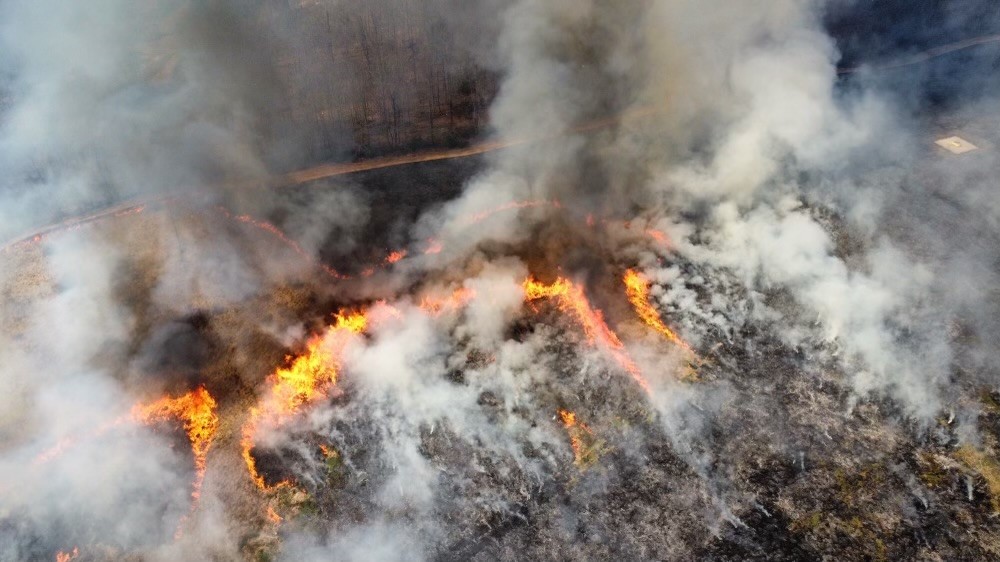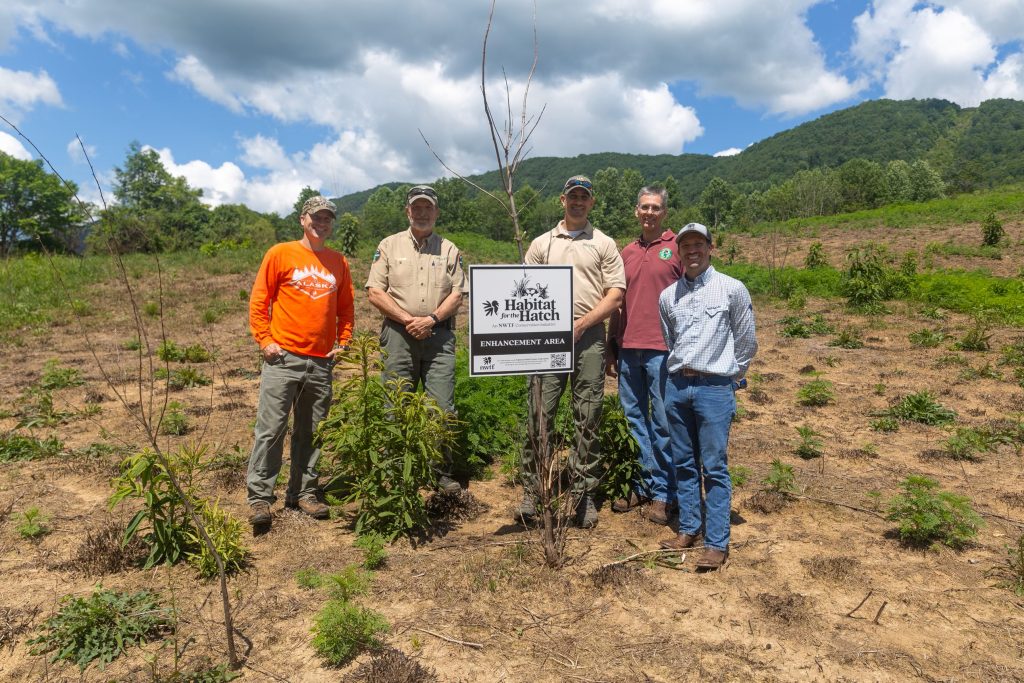North Cumberland WMA Sees Heightened Nesting, Brood-Rearing Habitat
Thanks to contributions from NWTF volunteers and the Tennessee Wildlife Resources Agency, the North Cumberland WMA will see a dramatic boost in nesting and brood-rearing habitat for wild turkeys, amplifying the NWTF’s Habitat for the Hatch Initiative.
Administered by the TWRA, the North Cumberland WMA is the largest actively managed WMA in Tennessee, clocking in at almost 200,000 acres of varying terrain and expanding across five east Tennessee counties.
Last spring, TWRA staff approached the Tennessee NWTF State Chapter with a proposal to partner on the WMA. The aim was to eradicate the invasive species in the Otey Mills Wildlife Refuge, an 800-acre section within the WMA. This work would not only increase nesting and brood-rearing habitat for wild turkeys but also restore the area to a healthier ecological state, a vision that is now becoming a reality.
Specifically, the project would entail reverting a portion of the WMA to its natural habitat. The focus area was previously an old cattle farm, which left the understory full of nonnative grasses and invasive species, such as tall fescue, multi-floral rose and autumn olive.
Work began shortly after the Tennessee NWTF State Chapter approved the project for funding.
To rid the area of invasive species, TWRA utilized helicopters and drones to apply a selective herbicide on the fescue and other invasives. The herbicide kills the invasive species while not harming beneficial species in the soil seed bank.

“The large nature of the project, combined with the rugged and steep terrain, made aerial herbicide application the most practical option,” said Derek Alkire, NWTF district biologist for Alabama, Kentucky and Tennessee. “Utilizing a helicopter can get the work done in a timely manner, and by utilizing advanced mapping software, the application is very precise and is applied only to specific areas.”
The TWRA then followed up the selective herbicide application with prescribed fire, stimulating the native species in the soil seed bank. The process of herbicide application followed by prescribed fire is a great tool for land managers who want to eliminate non-native grasses and other invasives and allow native vegetation to fill in.

The result is a better foraging, nesting and brood-rearing habitat for wild turkeys, as well as ecological benefits for many other species.
In total, the project treated 270 acres with selective herbicide and prescribed burned 381 acres (an additional 111 acres of surrounding wooded forest).
The project site will be maintained in an old-field stage of succession, that is, continually being disturbed to remain in a grassland-type condition.

The Tennessee NWTF State Chapter allocated funds to the specific project as part of the state chapter’s overall $255,800 investment for 2024. Additional funding for the project was procured through TWRA and The Nature Conservancy.
Moreover, the Tennessee NWTF State Chapter allocated $12,000 to improve hunter access on the North Cumberland WMA. Funds were used to improve road conditions that had deteriorated. The improvements allowed for better access to hunting areas.
